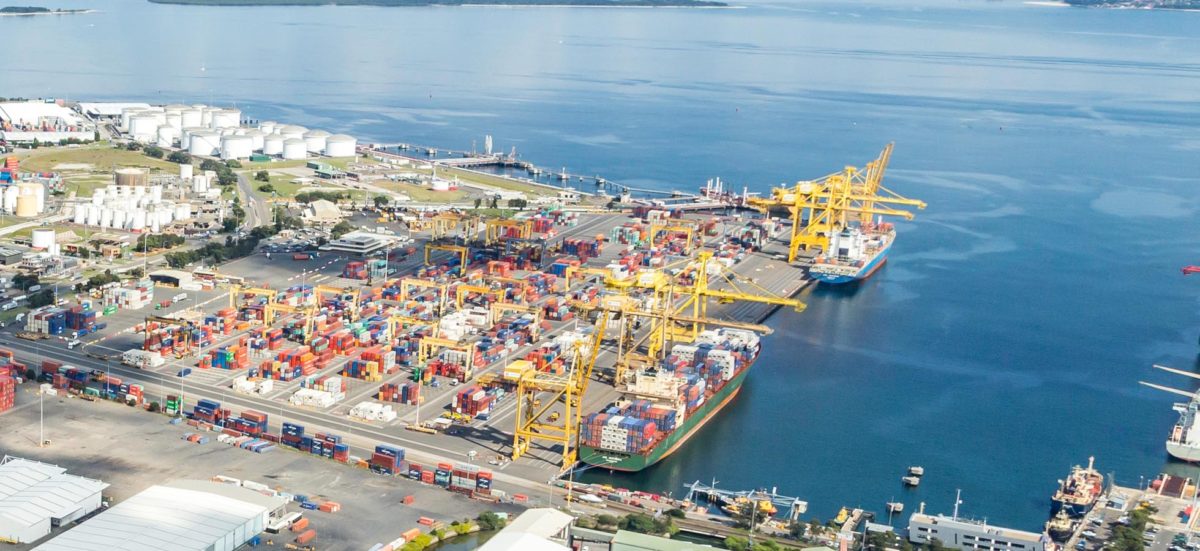Integral facets of Australian infrastructure such as Ausgrid, Melbourne Airport, Brisbane Airport, NSW Ports (Botany and Kembla), the Port of Brisbane, Southern Cross Station in Melbourne and Northern Territory Airports (Darwin and others), have all co-ordinated for the first time to set emissions reduction targets through 2030 and beyond.
IFM Investors, which owns or co-owns said assets on behalf of seven million working Australian members of industry superannuation funds, says the targets will see emissions reduced by more than 200,000 tonnes of CO2 each year on the way to 2030, the equivalent of removing almost 70,000 cars from the road.
The initiative is even more significant for the fact that it represents a concerted activism from one of the nation’s largest pension funds. Historically pension funds have been passive investors but the policy shift in conglomerate funds like IFM Investors is a signal that pension funds are now pressuring companies seeking investment to curb emissions if the fund thinks its acting in its members best interests, or indeed, on their behalf.
It was the Clean Energy Finance Corporation (CEFC) that really got the ball rolling on this enormous co-ordinated effort. Last year CEFC invested $150 million toward driving down the emissions of Australia’s largest infrastructure.
Ian Learmonth, CEFC CEO, said: “These infrastructure assets will operate for generations, with the targeted emissions reductions having the potential to make a material impact on cutting Australia’s carbon footprint. We congratulate IFM Investors and the asset managers for their leadership in lowering emissions and ensuring their businesses are making an important contribution to Australia’s abatement task.”
The emission cuts will be achieved by an assortment of initiatives, including LED lighting, smart management systems and energy efficient office spaces. But of course, rooftop and large scale solar will do much of the heavy lifting, especially considering the sheer quantity of land and roof-space these assets hold. And, moreover, the assets will actually be financially rewarded for their solar uptake in the energy savings on such large facilities.
“This comprehensive program of activity sets an important example for other major infrastructure owners and managers in Australia,” said Learmonth, “cutting carbon emissions can deliver a long-term dividend to the environment and in most cases an improved financial performance.”
IFM Investors’ head of Australian Infrastructure Michael Hanna seconded the notion and added that this initiative “represents a genuine commitment and start to aligning our assets to the Paris Agreement, and it makes perfect business sense by reducing costs, mitigating future business risks and contributing to outcomes that our customers value.”
The Clean Energy Regulator estimates that well over half of Australia’s total carbon output is accounted for by infrastructure, of course at least 50.3% of carbon emissions are made up by power stations themselves.
IFM Investors is using its Australian experience as a testing ground and will look to apply lessons learnt to its infrastructure assets globally, assets predominantly located in Europe and North America.
This content is protected by copyright and may not be reused. If you want to cooperate with us and would like to reuse some of our content, please contact: editors@pv-magazine.com.









1 comment
By submitting this form you agree to pv magazine using your data for the purposes of publishing your comment.
Your personal data will only be disclosed or otherwise transmitted to third parties for the purposes of spam filtering or if this is necessary for technical maintenance of the website. Any other transfer to third parties will not take place unless this is justified on the basis of applicable data protection regulations or if pv magazine is legally obliged to do so.
You may revoke this consent at any time with effect for the future, in which case your personal data will be deleted immediately. Otherwise, your data will be deleted if pv magazine has processed your request or the purpose of data storage is fulfilled.
Further information on data privacy can be found in our Data Protection Policy.